Introduction The surge in electric vehicle (EV) popularity has brought a significant shift in residential infrastructure requirements. Homeowners and builders are now increasingly focused on integrating electric vehicle charging solutions into new homes. This article explores the essential aspects of EV charging at home, including types of chargers, installation considerations, and the impact on home electrical systems.
Types of EV Chargers for Home Use
- Level 1 Chargers: These chargers use a standard 120-volt household outlet. They are the most basic and affordable option, but they also offer the slowest charging speed, typically adding about 4-5 miles of range per hour of charging.
- Level 2 Chargers: These require a 240-volt outlet, similar to what large appliances like dryers use. Level 2 chargers are faster, adding about 20-60 miles of range per hour, making them more suitable for overnight charging.
- Smart Chargers: These are advanced Level 2 chargers equipped with Wi-Fi connectivity, allowing homeowners to monitor and control charging remotely through a smartphone app. They can also be integrated with home energy management systems for optimized energy usage.
Installation Considerations
- Electrical Capacity: Ensure that the home’s electrical system can handle the additional load of an EV charger, especially if opting for a Level 2 charger.
- Permits and Regulations: Check local building codes and regulations for EV charger installations. In some areas, permits might be required.
- Location: Ideally, chargers should be installed close to where the EV will be parked, with consideration for cable length and ease of access.
- Professional Installation: It’s recommended to have a certified electrician perform the installation to ensure safety and compliance with electrical codes.
Impact on Home Electrical Systems
- Upgraded Electrical Panels: Older homes may need an upgraded electrical panel to accommodate the additional load of an EV charger.
- Energy Consumption: EV charging will increase a home’s energy consumption. Homeowners should consider electricity tariffs and possibly opt for energy plans that offer lower rates during off-peak hours.
- Renewable Energy Integration: Homeowners can consider integrating solar panels or other renewable energy sources to offset the increased electrical consumption from EV charging.
Conclusion Incorporating EV charging solutions into new homes is becoming essential as the transition to electric vehicles accelerates. Understanding the types of chargers, installation requirements, and the impact on home electrical systems is crucial for homeowners and builders. Proper planning and installation can ensure efficient and convenient EV charging at home.

